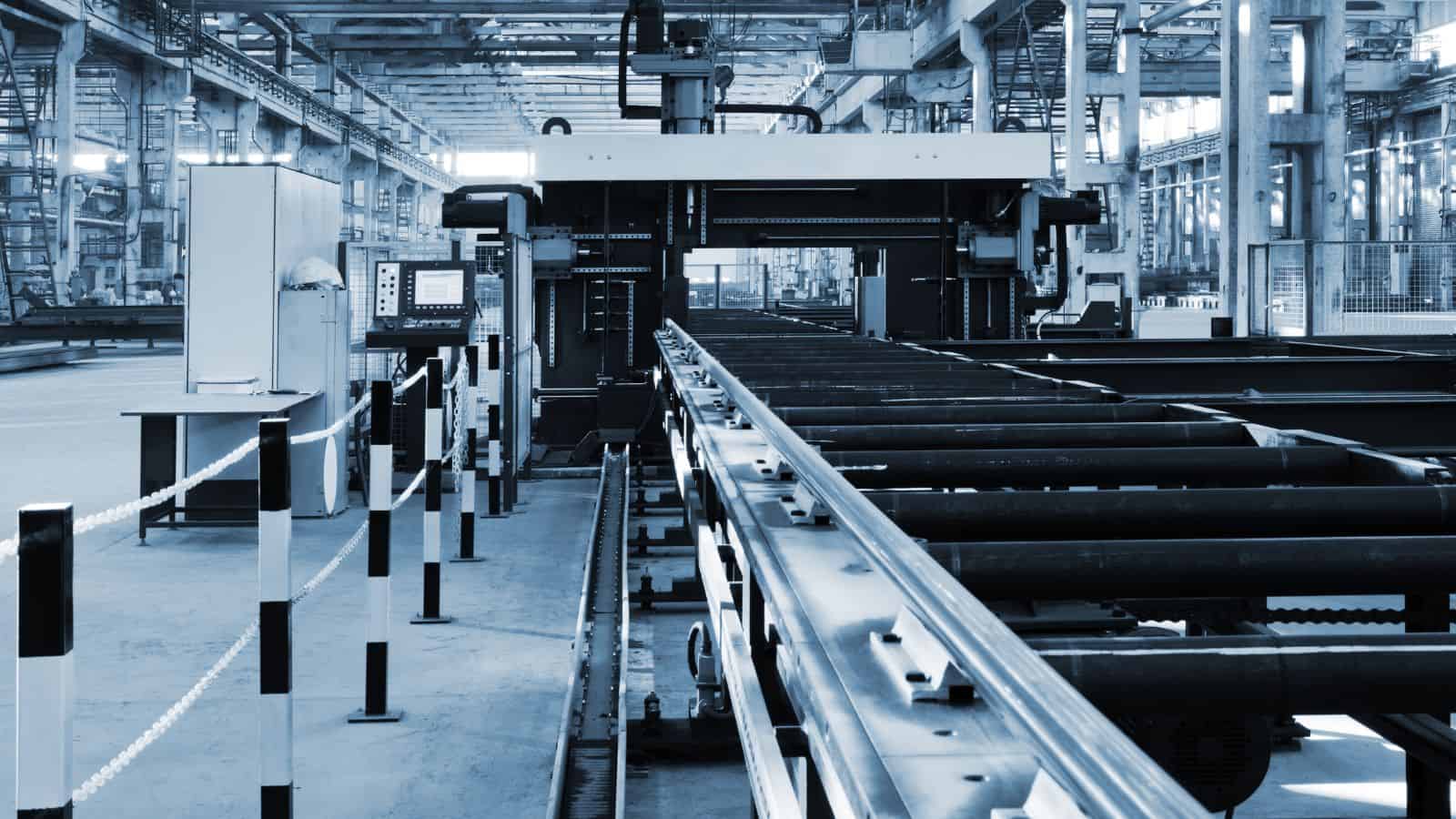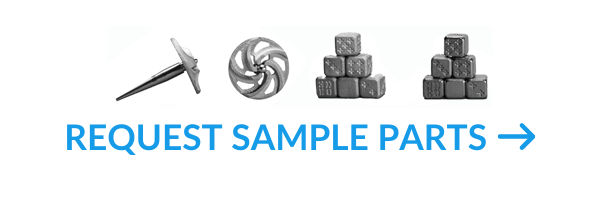As the research from Dimension clearly demonstrates, most prospective 3D printing customers are waiting for big success stories prior to adopting the technology. The burden is on us, 3D printing companies, to showcase fantastic new applications of the technology.
Of course, there are clear benefits to being the first to market with a new technology — but there are also many challenges and problems being first. There are many examples of early adopters burning millions of dollars by investing too early, in ill-conceived projects that have not generated any ROI.
67% of 3D printing customers are sitting on the sidelines
As a result of this waste and confusion, many prospects are waiting until the early-adopting competition has already tested the waters and worked through any issues. According to the Dimensional Research survey, only 12% of manufacturers consider themselves to be leaders in adopting 3D printing. The overwhelming majority – 67% – characterize themselves as “being able to move quickly,” but only once success stories emerge. Less than 18% of respondents are holding out until 3D printing becomes the industry standard before they adopt.
The term commonly used for this effect is the “second mover advantage.” Consultant, Chris Lema, defines the second mover advantage as “entering the market after someone else has defined the playing field.”
Lema cites several benefits of the second mover advantage specifically related to cost and risk, including: lower R&D costs, less spent on market education, decreased risk of product acceptance and the potential for cheaper customer acquisition.
In its recent survey of manufacturing decision makers – “3D Printing Trends Report” – Dimensional Research suggests that the second mover advantage is alive and well among prospective 3D printing customers, who it claims are “lined up to dive into 3D printing as soon as they start to see success in their industry or among their competitors.”
Let’s examine the second mover advantage in relation to 3D metal printing, and how such a shift in the market has the potential to provide the 3D printing industry with a significant boost.
Why will second movers have a huge impact on metal AM?
In the last few years, 3D printing experienced a meteoric rise; quickly catching the attention of designers, businesses and hobbyists alike for its seemingly limitless creative potential and ability to produce low-cost, customizable pieces. But in the midst of all of the hype and incredible creations being turned out by 3D printers (a team of scientists even grew a living replica of Vincent Van Gogh’s ear), questions have remained regarding the ROI of pricey 3D printing technology.
As a result, many manufacturers have been hesitant to utilize 3D metal printing in production and have opted instead to allow pioneers to take the risk. These hesitant companies have been carefully observing those who blazed the trail ahead of them and waiting for success stories, which serves as validation that the technology or partnership(s) are worth the investment.
A combination of time, further refinement of metal AM technology and decreased cost of the technology itself has provided fertile ground for success stories, which are beginning to emerge from a variety of companies and manufacturers.
The road ahead for 3D metal printing
The next five years will be huge for AM as most of the market begins to adopt the technology. According to René Gurka, CEO and co-founder of 3D printer company BigRep, during the next five years the focus in 3D printing will “shift from individual users to industrial production.” As the success stories mentioned above become more prevalent, utilization of metal AM will grow among manufacturers.
Another factor for the inevitable boost to the rate of adoption of additive manufacturing cited by Gurka is increased automation. Specifically, the incorporation of software, cloud-based services, robotics and artificial intelligence in 3D metal printing. This integration and standardization will create streamlined systems and increased efficiencies, which are also very attractive to manufacturers.
We need more success stories!
The additive manufacturing industry needs more success stories to bring customers off of the sidelines. As various companies utilizing metal AM begin to post numbers and share success stories, interest among manufacturers will only grow. The second mover advantage is sure to be a boon for metal 3D printing, representing sustained growth in the industry for at least the next five years. 3DEO will be working hard this year to showcase its work with customers and help the industry as a whole grow.
About 3DEO
3DEO is a parts supplier of metal 3D printed components. We’ve developed proprietary low-cost technology, so give us a call if you are in the market for complex metal shapes. We specialize in manufacturing low/medium volumes on demand, which means there’s no need to worry about long lead times, minimum order quantities, or high tooling/setup costs.



